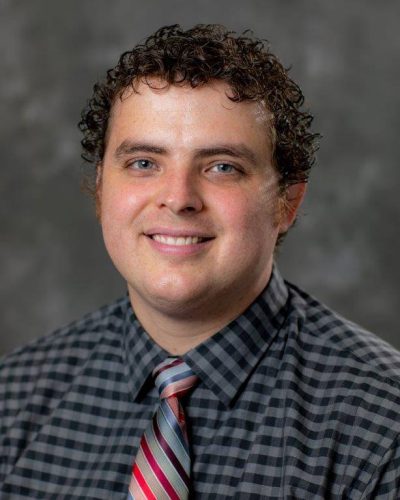
I have been working as a marriage and family therapist and supervisor for 10 years now. When providing care for someone who is struggling with gender dysphoria, I provide a thorough biopsychosocial and spiritual assessment, and I work together with my clients to build a roadmap for recovery. What we know about gender dysphoria is that there are several pathways that lead towards its development. Some of the things that I assess for are depression, social anxiety, ADHD, Autism, trauma, body dysmorphia, compulsive or non-existent sexuality, sensory-based problems, family relationship problems, peer and social media influence, and an adherence toward identity politics, among other things as needed. I also provide Lifespan Integration (LI), a gentle, body-based practice, to heal the wounds of attachment disruption and trauma.
